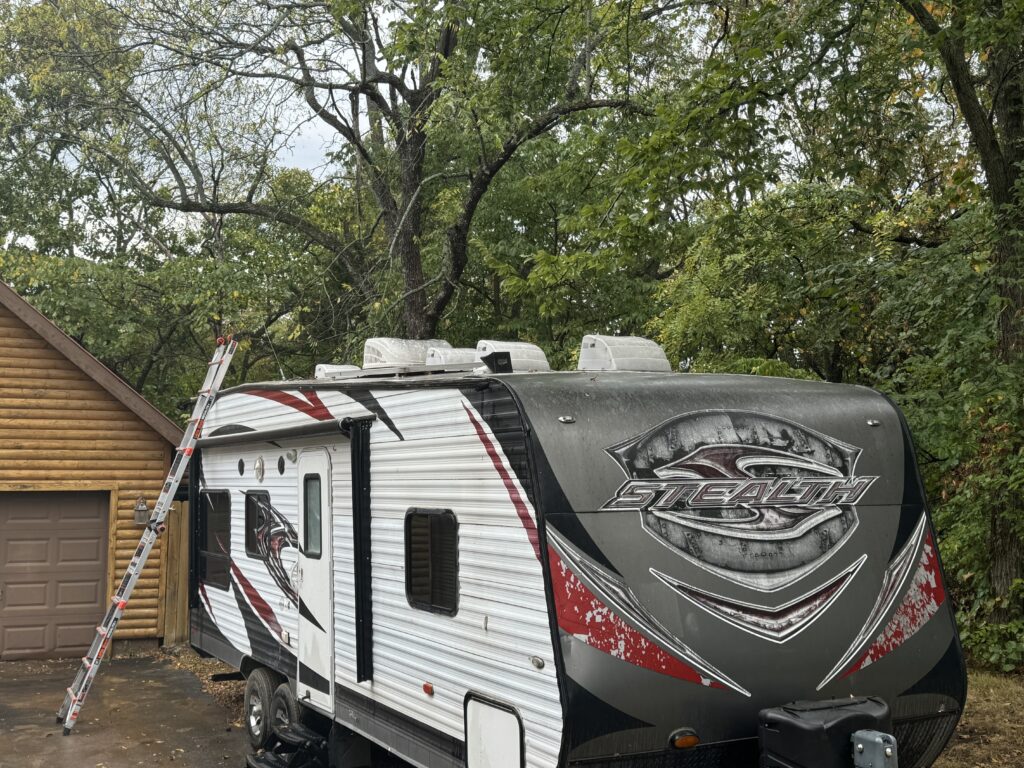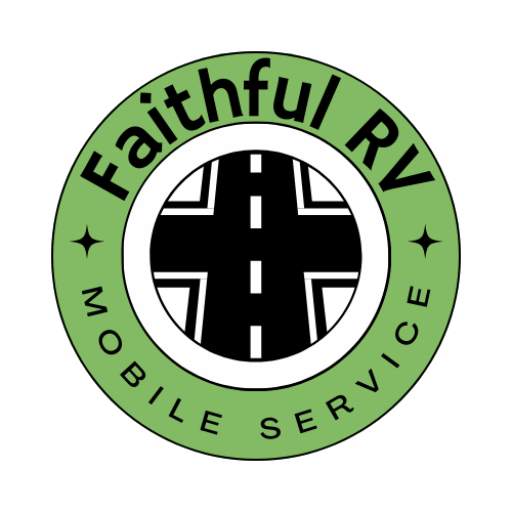RV Inspection: A Comprehensive Guide to What You Need to Know Before Buying
Purchasing or leasing an RV requires a detailed RV inspection to guarantee your safety, comfort, and peace of mind while traveling. Regardless of whether you are new to RVs or an experienced traveler, knowing what to look for during an RV inspection can significantly enhance your experience with RVing.
Why is an RV Inspection Important?
An RV inspection is indispensable as it uncovers potential issues that might be hidden, enabling you to make well-informed decisions regarding your acquisition or rental. This proactive step can also prevent future expensive repairs and affirm that the RV is in optimal condition, which is vital for safety and comfort.
Types of RV Inspections
Pre-Purchase Inspections
Essential for both new and used RV acquisitions, a pre-purchase RV inspection is performed by a skilled inspector to evaluate the RV’s condition comprehensively. This in-depth review of various components helps pinpoint existing or potential problems that may not be obvious without professional insight[4].
Routine Maintenance Inspections
Central to maintaining your RV in top shape, routine maintenance RV inspections prevent small issues from escalating into major concerns. Regular checks prolong your RV’s lifespan and improve your RVing journey[4].
Exterior Inspection
Roof and Seals
Examine the roof for any signs of cracks, tears, or damage. Investigate the seals and caulking for wear or deterioration and lookout for any internal water stains, which could suggest leaks[1].
Siding and Windows
Assess the exterior siding for dents, scratches, or delamination. Check the condition of windows and their seals for any signs of cracking or leaking. Confirm that all windows are operational and securely fastened for travel[1][5].
Tires and Wheels
Inspect the tires for appropriate tread depth and any sidewall damage. Ensure they are adequately inflated according to manufacturer guidelines. Examine the rims for any damage or rust, and don’t overlook the spare tire and Tire Pressure Management System (TPMS), if available[1][5].
Undercarriage
Check the undercarriage for rust, corrosion, or any damage. Look for any parts that may be hanging or appear loose. Confirm that all fluid levels—brake, hydraulic, transmission, fuel, oil, and coolant—are at the recommended levels and there are no leaks[1][5].
Interior Inspection
Appliances
Test all appliances including the refrigerator, stove, oven, microwave, and HVAC systems. Verify that each appliance operates properly and that all gas lines and connections are secure[1][4].
Plumbing
Look for any leaks in sinks, faucets, toilets, and shower fittings. Test the functionality of the water pump and heater. Check both freshwater and waste holding tanks for leaks or damage[1][4].
Electrical Systems
Examine all interior lights, outlets, and switches to ensure they function correctly. Check the electrical panel’s functionality, battery condition, and the operation of converters and inverters. Assess all wiring and connections for safety and compliance[1][4].
Ventilation and HVAC
Ensure fans and ventilation provide adequate airflow. Check that heating and cooling systems operate efficiently. Confirm that all vents and grills are clean and unobstructed[1].
Flooring and Walls
Inspect the floor for any soft areas, water damage, or wear. Check walls and ceilings for water damage, mold, or mildew. Ensure that all internal doors, windows, and compartments are functional and secure[1][5].
Safety Features
Smoke and Carbon Monoxide Detectors
Confirm that smoke and carbon monoxide detectors are in working order. Replace batteries as needed. Test all safety alarms to ensure they are operational[1].
Fire Extinguishers
Check the availability and condition of fire extinguishers. Ensure they are accessible and familiarize yourself with their operation[1].
Emergency Exits
Identify and familiarize yourself with all emergency exits and escape routes. Check that these exits are clear and fully operational[1].
Having examined the necessary exterior and interior components, as well as vital safety features, the subsequent section of this guide will explore the inspection specifics for water and sewer systems, the propane system, and additional crucial elements to ensure your RV is road-ready.

RV Inspection
Continuing the Comprehensive Guide to RV Inspection
As we delve deeper into the world of RV inspections, it’s crucial to understand the importance of each component and how they contribute to the overall safety and functionality of your recreational vehicle. In the first half of this guide, we covered the basics of RV inspections, including exterior and interior checks, safety features, and documentation. Now, let’s explore more specific areas that require attention during an RV inspection.
Water and Sewer Systems
The water and sewer systems are vital components of any RV. These systems include freshwater tanks, holding tanks, and the plumbing that connects them to sinks, toilets, and showers. Here are some key points to focus on during an RV inspection:
- Freshwater and Holding Tanks: Inspect the condition of these tanks for any signs of leaks or damage. Ensure that all connections are secure and functioning properly[1][3].
- Sewer Connections: Verify that sewer connections are leak-free and that dump valves operate correctly. A malfunctioning sewer system can lead to significant issues during travel[1][3].
Propane System
The propane system powers essential appliances like stoves, ovens, and sometimes refrigerators. A thorough RV inspection should include:
- Propane Tanks: Check the condition and security of propane tanks. Ensure they are properly mounted and not damaged[1][5].
- Propane Lines and Connections: Test for leaks and ensure all connections are secure. A leak in the propane system can be dangerous and should be addressed immediately[1][5].
Electrical Systems
The electrical system of an RV includes batteries, converters, inverters, and all electrical appliances. Here’s what to inspect:
- Battery Condition: Check the age and condition of the battery. Ensure it is properly secured and maintained[3].
- Converter and Inverter Functionality: Test these components to ensure they are converting power correctly and efficiently[3].
- Outlets and Switches: Verify that all electrical outlets and switches are functioning properly. Check for any signs of wear or damage[3].
Safety Features
Safety should always be a top priority when inspecting an RV. Key safety features include:
- Smoke and Carbon Monoxide Detectors: Ensure these detectors are operational and have fresh batteries[1].
- Fire Extinguishers: Check that fire extinguishers are present, easily accessible, and in good condition[1].
- Emergency Exits: Familiarize yourself with the location of emergency exits and ensure they are unobstructed[1].
Documentation and Paperwork
Before finalizing the purchase of an RV, it’s essential to review all relevant documentation:
- Title and Registration: Verify that the RV’s title and registration are current and in your name if applicable[1].
- Maintenance Records: Request maintenance records to assess the RV’s service history. This can help identify potential issues and ensure the RV has been well-maintained[1].
Test Drive
A test drive is crucial to evaluate the RV’s performance on the road. This includes checking the handling, brakes, and overall drivability of the vehicle[1].
Conclusion
An RV inspection is not just a formality; it’s a critical step in ensuring your safety and comfort on the road. By following this comprehensive guide, you can identify potential issues before they become major problems. Whether you’re purchasing a new or used RV, or simply maintaining your current one, regular inspections are key to extending its lifespan and enhancing your RVing experience.
Why Choose Faithful RV for Your RV Inspection Needs?
At Faithful RV, we understand the importance of a thorough RV inspection. Our team of experienced professionals is dedicated to providing you with a detailed assessment of your RV, ensuring that every aspect is in good working condition. From exterior and interior inspections to safety features and documentation, we cover it all. Contact us today to schedule your RV inspection and enjoy worry-free travels.
Final Thoughts on RV Inspection
In conclusion, an RV inspection is a vital process that should not be overlooked. It not only helps in identifying potential problems but also ensures that your RV is safe and ready for the road. By prioritizing RV inspections, you can enjoy your travels with peace of mind, knowing that your vehicle is in top condition.
